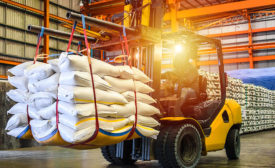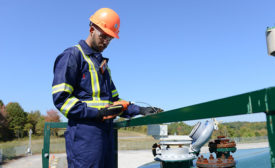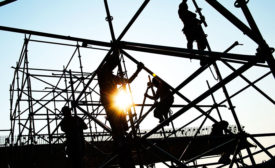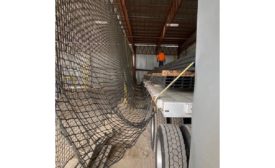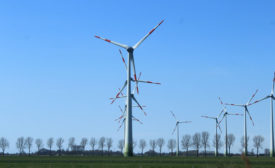Safety & Health Best Practices
2020 Top Standards: ANSI/ISEA
ANSI/ISEA 121- Dropped Object Prevention Solutions
December 20, 2019
Preventing falls from flatbed trucks
December 19, 2019
Visual Literacy and Serious Injury and Fatality Prevention
Join us for a complimentary webinar
December 12, 2019
Brought to you by ORCHSE Strategies, LLC and Muschara Error Management Consulting
Foundations of Human & Organizational Performance
2-DAY TRAINING COURSE coming in January!!
December 12, 2019
Become a Leader in Safety Culture
Build your knowledge with ISHN, covering key safety, health and industrial hygiene news, products, and trends.
JOIN TODAYCopyright ©2025. All Rights Reserved BNP Media.
Design, CMS, Hosting & Web Development :: ePublishing
